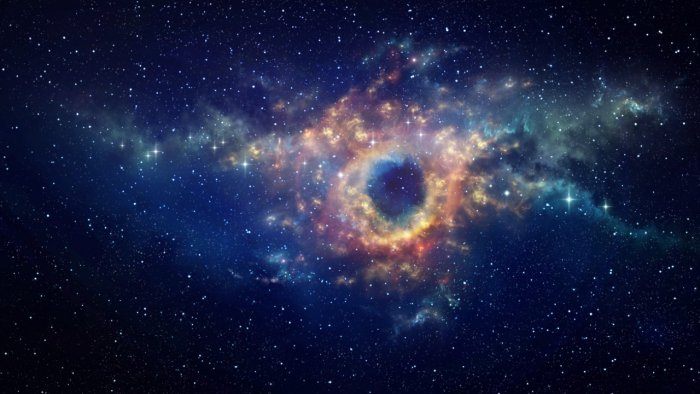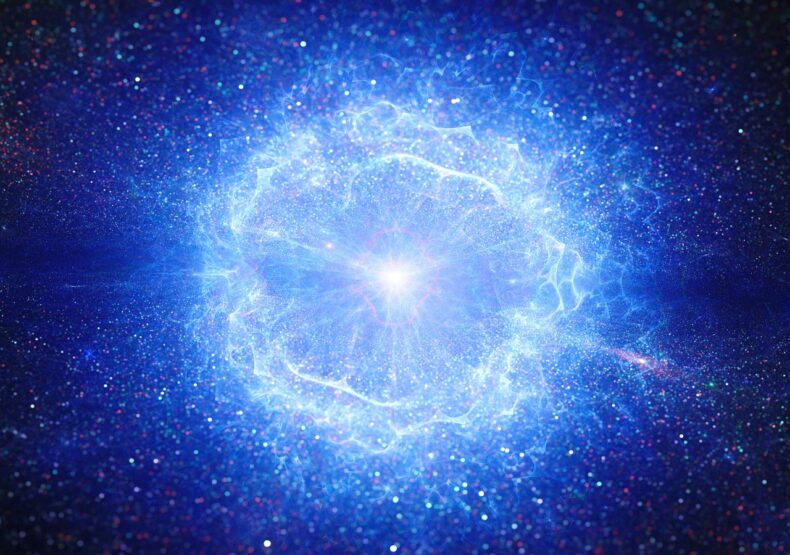Astrophysicists explore galaxy-wide gravitational waves’ implications for black holes and cosmic history
Scientists from four different research teams made an exciting announcement that has the potential to revolutionize astrophysics. They revealed the presence of strong indications of enormous gravitational waves distorting the Milky Way. Gravitational waves are ripples in the fabric of space-time that occur when massive objects undergo acceleration. While these waves were initially detected in 2015, the recent evidence suggests the existence of “monster” waves with wavelengths of 0.3 parsecs or more, in contrast to the previously observed waves with wavelengths ranging from tens to hundreds of kilometers.
Distinguishing the Newly Discovered Gravitational Waves
The initial gravitational waves were detected by the Laser Interferometer Gravitational-Wave Observatory (LIGO) in the United States, which has identified dozens of events involving the merging of two black holes. In the latest findings, scientists employed millisecond pulsars, known as beacon stars, to track changes in distances between Earth and these pulsars over a decade. By comparing the signals from arrays of dozens of these beacon stars, known as pulsar timing arrays (PTAs), researchers could detect waves with wavelengths of 0.3 parsecs or more. Unlike LIGO, and its European counterpart Virgo, which observe regularly spaced waves originating from a specific direction in the sky, the PTAs discovered a constant jostling of waves in random directions, akin to rain-induced random movement on the surface of a pond.

Origin of the Waves
According to astrophysicist Sarah Burke-Spolaor from West Virginia University, the most probable explanation for the stochastic background observed by PTAs is the presence of numerous pairs of supermassive black holes orbiting each other within distant galaxies. The prevailing belief is that the majority of galaxies harbor a single supermassive black hole, significantly exceeding the Sun’s mass by millions or billions of times. As galaxies have merged throughout the history of the Universe, some galaxies must have ended up with two supermassive black holes, forming a black-hole binary. Within the crowded center of such galactic mergers, each black hole would transfer some of its momentum to the surrounding stars, resulting in their ejection at high speeds or their displacement. Consequently, the black holes would eventually slow down and begin orbiting each other at distances around 1 parsec. Overcoming the final-parsec problem, where black holes need to be separated by a milliparsec to emit detectable gravitational waves, has been a challenging question for researchers.
Implications for the LISA Detector
If the PTA signal is indeed confirmed to originate from binary supermassive black holes, it would be groundbreaking, indicating that supermassive black holes can come extremely close to each other in nature. This finding holds significant importance for the Laser Interferometer Space Antenna (LISA), a space-based detector planned by the European Space Agency. As black holes spiral inward, the frequencies of their gravitational waves increase, allowing some of them to fall within LISA’s range of sensitivity. LISA will be capable of detecting wavelengths between 3 million km and 3 billion km, shorter than those detectable by PTAs but still much longer than those observed by ground-based detectors. Consequently, LISA could potentially observe multiple black-hole mergers during its mission, shedding light on the growth of supermassive black holes resulting from previous mergers.

Exploring Alternative Sources of the Stochastic Background
While binary black holes seem to be the most likely source of the observed stochastic background, alternative explanations are being considered. Exotic-physics theories propose the existence of various sources, including specific types of dark matter or cosmic strings, which are hypothetical infinitesimally thin defects in space-time curvature. Cosmic strings could develop kinks that may eventually snap, generating gravitational waves. Another intriguing alternative explanation is a cosmic gravitational-wave background originating from the early Universe. Unlike telescopes that are limited by the presence of an opaque ionized gas during the first 400,000 years of the Universe, gravitational waves can traverse any medium, potentially allowing detection of waves created shortly after the Big Bang. Such a discovery would provide a window into the extreme physics of the early Universe.












